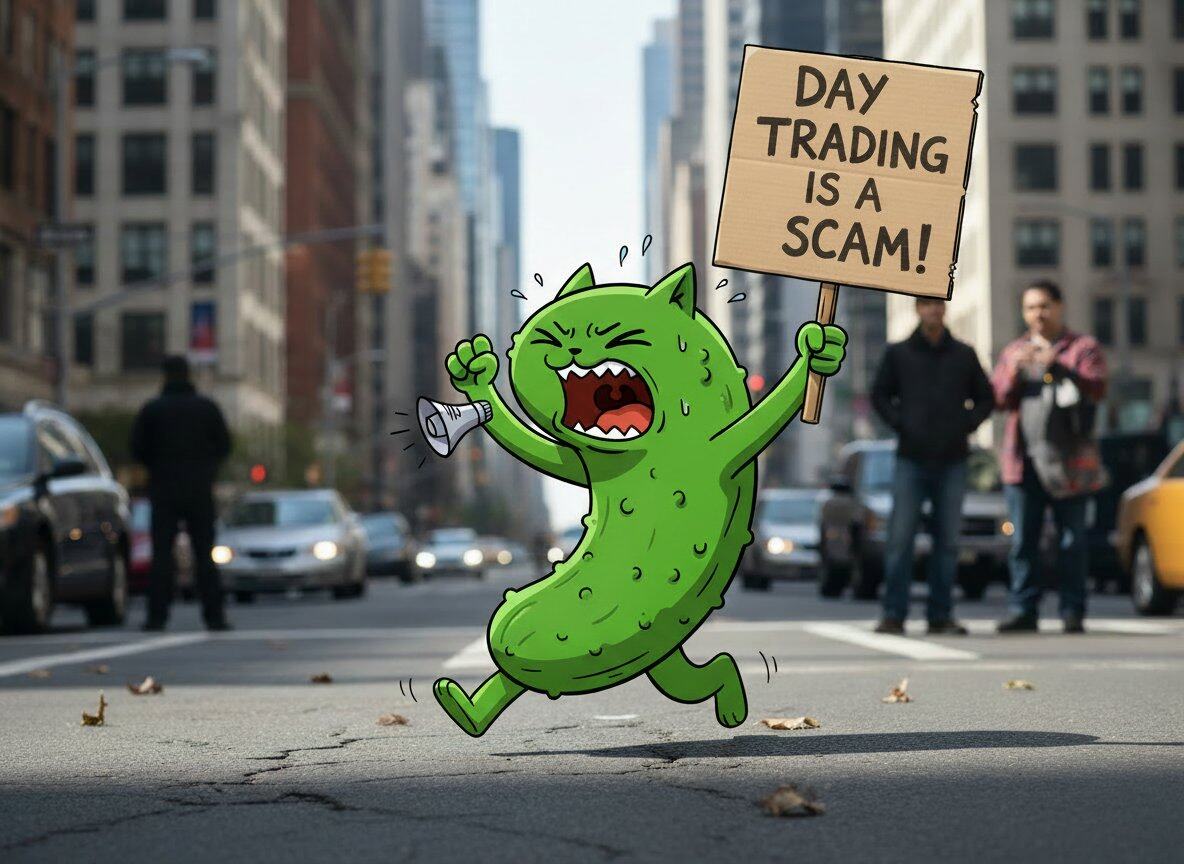Detailed explanation of Celestia’s design advantages and token market value potential
Original author:Poopman
Original compilation: BlockBeats
Editors note: In this article, encryption researcher Poopman provides an in-depth analysis of Celestias core mechanism and future potential. The article mainly focuses on Celestia as a modular data availability (DA) layer, introducing in detail its working principle, data availability sampling (DAS), namespace Merkle tree (NMT) and other key technologies, emphasizing that Celestia is solving the problem of monolithic blockchain Advantages in handling cost issues that increase as on-chain activity grows. In addition, the article’s introduction to Celestia’s future development direction, including quantum gravity bridges and Cevmos, clarifies why Poopman believes that TIA, as its native token, has a market value target of more than $2 billion.
In a monolithic blockchain, as on-chain activity increases, so does the processing cost. Celestia solves the scalability problem through a modular data availability (DA) network and maintains relatively stable verification costs.

In this article, I will discuss the following 7 aspects:
1. What exactly is Celestia?
2. Integral VS Modular
3. What is Data Availability (DA)?
4. Data Availability Sampling (DAS)
5. Namespace Merkle Tree (NMT)
6. Celestia’s three major work designs
7. The purpose of TIA and the future of Celestia
What exactly is Celestia?
Celestia is a modular DA layer that allows applications/rollups to be deployed on top of Celestias ready-made DA and consensus layers. Therefore, applications can focus on execution itself while leaving the DA and consensus work to Celestia. For better understanding, it is necessary to understand the basics of Data Availability (DA), monolithic and modular networks.

Integral VS Modular
Monolithic: In a blockchain network like Solana or Avalanche, a full node must perform all four responsibilities of the blockchain, including execution, settlement, data availability (DA), and consensus.
However, as network traffic increases, the burden on the network increases and makes transaction fees more expensive.

To solve this problem, modular blockchain decomposes the network into several independent modules, while providing different modules with the flexibility to upgrade and handle tasks independently. For example, Celestia only handles the DA and consensus layer, while Dapp handles execution, etc.

What is data availability (DA)?
Data Availability (DA) refers to the accessibility of nodes in the network to view or download transaction data. The DA also needs to ensure that the transaction data is not vulnerable to malicious attacks, which may happen if the block proposer only publishes the block header and not the transaction data in the block.
To prevent malicious transactions, blockchains typically require full nodes to download, verify, and store all data from the network. However, this design has 3 challenges:
1. Significantly reduce throughput
2. Sacrifice efficiency
3. Raising the threshold for running a full node
To solve these problems, some off-chain methods can offload the network by storing transaction data elsewhere. Common off-chain solutions include:
1. Data Availability Committee (DAC);
2. Data Availability Network (DAN).
Of all DANs, Celestia is the most popular choice. Celestia is a modular DA layer consisting of two important functions:
1. Data Availability Sampling (DAS);
2. Namespace Merkle Tree (NMT).
Data Availability Sampling (DAS)
First, the light client only downloads the block header (similar to the digest of the block data). To prevent light clients from accepting malicious transactions, DAS allows light clients to perform multiple rounds of random sampling of different parts of the block data.

As more samples are taken, the confidence in the availability of the data increases. Once a 99% confidence level is reached, the data is considered valid and usable. To make DAS possible in Celestia, they adopted a 2D Reed-Solomon encoding scheme.

What is the 2D Reed-Solomon encoding scheme?
To put it simply, if you think of the entire block of data as a large puzzle composed of K x K blocks, Celestia uses 2 K x 2 K blocks and the Reed-Solomon encoding scheme to rearrange the data into a larger puzzle.

Afterwards, the light node randomly picks several puzzle pieces and queries the full node to obtain the corresponding data. If full nodes can provide answers consistently, the likelihood that the data is valid increases.
In addition, as long as the light client on Celestia samples enough data, the full node can reconstruct the complete block data. In other words, the more light clients Celestia has, the more transactions they can handle and the larger blocks they can handle.
Namespace Merkle Tree (NMT)
At the same time, data in Celestia is divided into different parts (i.e. namespaces). Each namespace corresponds to a specific application that uses the DA layer. This helps an app download its own data and ignore other apps data.

Next, to organize and validate the data, Celestia uses NMT to sort the data by namespace identifiers. Each node in the Merkle tree now has a set of namespaces unique to that node, allowing Celestia to provide proofs of data integrity.
Celestia’s three major work designs
Combining DAS and NMT, Celestias main work design can be summarized as:
1. Celestia only provides data availability and consensus layer services and does not handle settlement and execution.

Execution is handled by the application. This makes them more scalable than monolithic blockchains because they delegate DA to Celestia and leverage DAS for enhanced scalability.
2. Security increases as the number of light clients increases
The more light clients there are in Celestia, the greater the possibility of full nodes reconstructing the original block data. At the same time, more light clients equal larger blocks without sacrificing decentralization.

Therefore, the growth of nodes on Celestia is an important performance indicator of Celestia.
3. Interoperability
Finally, Cosmos allows Celestia to connect to IBC-enabled networks, enabling interoperability between all chains built on top of Celestia.
Celestia’s future
Celestia has two exciting development directions:
1. Quantum Gravity Bridge
2. Cevmos
Quantum Gravity Bridge: QGB will enable Celestia to connect with any EVM-compatible chain beyond the universe, including ETH and AVAX, bringing even more liquidity.
Cevmos: Cevmos is a Cosmos SDK chain specially made for Rollup settlement. The functionality of this EVM-integrated chain is to allow ETH rollups to upload their data to Cevmos and then pass it on to Celestia, thus improving the connection between the EVM and Celestia ecosystems.
TIA
TIA is Celestia’s native token:
Fully diluted valuation (FDV): $6 billion
Circulating supply: $846 million (4.1%)
Token utility includes:
1. Rollup/ Developers pay TIA for data release, and the fee is determined by fixed fees and variable fees.
2. Use TIA as the local GAS token of Rollup
3. Governance
4. Pledge

TIA investment means that users are betting that more Rollups and applications will use Celestia as their DA and consensus layer in the future, and these will require TIA to publish data.
Optimistically, as the demand for the DA layer grows, more pledgers will be attracted to pledge TIA to participate in data processing, forming a stronger and more secure network.
With the development of Quantum Gravity Bridge and Cevmos, I think TIA is a long-term hold (HODL), and my estimated market cap target of over $2 billion seems reasonable.



